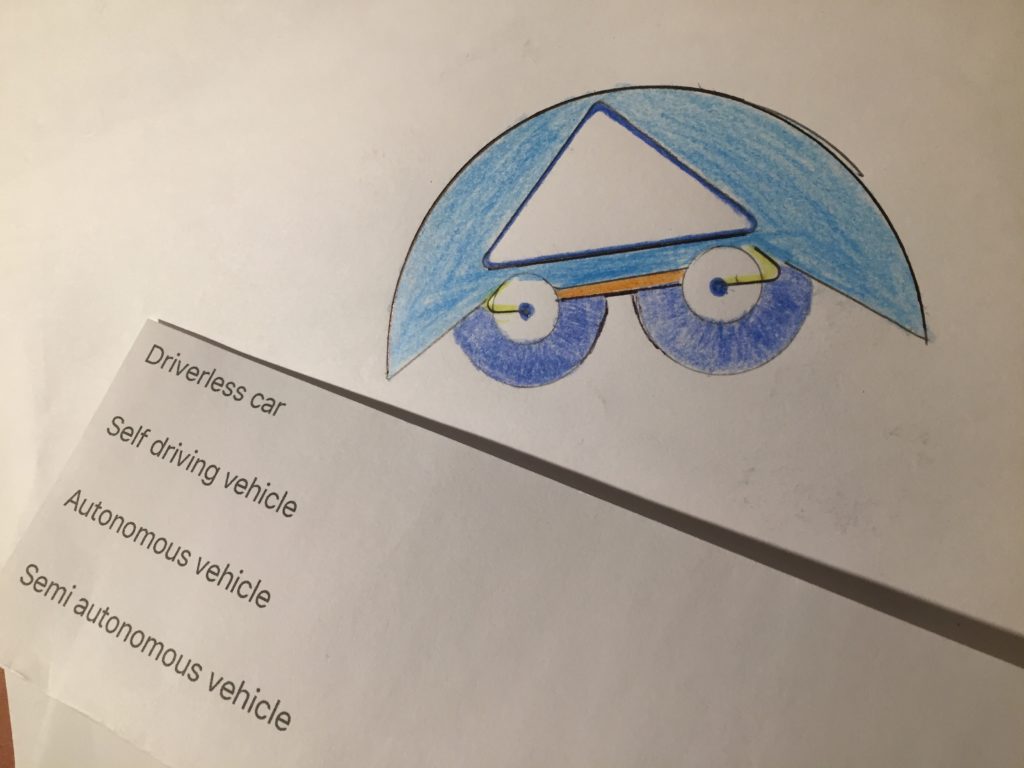
Our cars are taking over the important functions of driving. Therefore, automakers and the others that control vehicle behaviour are learning to love thy neighbour. Since 2016 NHTSA has recommended highly automated vehicle systems, the HAV system, be deemed “the driver” for purposes of traffic laws. As responsibility shifts to manufacturers, self-driving vehicles will be governed by principles of strict liability.
Automobile Manufacturer Liability
In a driver-less world, accident injuries will be rare and it will more difficult for injury victims to prove legal cause. Most cases will involve allegations of negligent design or manufacture.
The $4.8 million personal injury award against Volvo for negligent manufacture and breach of their duty to warn makes it clear that automakers will likely be liable for their self-driving vehicles,
[317] It is well established that a duty of care is owed by an automobile manufacturer not only to purchasers but subsequent users of their products. (Hans v. Volvo Trucks North America Inc.,2016 BCSC 1155)
We don’t have self-driving mode in Canada yet, but we have clearly entered the era of the semi-autonomous vehicle. The law of negligence changed in 1932 with Donoghue v. Stevenson, [1932] A.C. 562 (H.L.). and the law
you must not injure your neighbour. With the raise of the Ford V8 in that same year the neighbourhood principle became the mainstay in all motor vehicle accident cases.
Strict Liability
Do we now need strict liability for our driverless vehicles? Although the self-driving car has North American lawmakers moving to a strict liability system, the next 20 years will be the era of the semi-autonomous vehicle, not the driverless car.
Most jurisdictions like British Columbia want to ensure that drivers are held accountable for bad driving causing personal injury. However, a recent provincial government trend of mandating limits or caps on auto injury compensation will reduce driver responsibility. Consequently, the law, you must not injure your neighbour, has been slower eroded.
Strict liability is a concept even older than our modern negligence law. Rylands v. Fletcher, 1866 articulated Strict liability for landowners for damage caused by dangerous substances which escapes from their land. Could this be applied, for example, to the accident in March 2018, in which a self‑driving Uber Volvo in autonomous mode struck and killed a woman?In 2015 Volvo claimed it would accept full liability when its own self‑driving system was in autonomous mode. In 2017 Volvo agreed to supply Uber with 24,000 self‑driving vehicles.Volvo declined to comment on whether it had entered into indemnification agreements with Uber.
One of Apple’s Lexus RX 450h self‑driving vehicles, in autonomous mode was merging onto a highway when it was rear‑ended. No injuries were reported, but would the human passenger in the autonomous vehicle have a claim against the rear ending driver?
We hope to answer some of these questions in the coming months and years as our vehicles continue to evolve.

